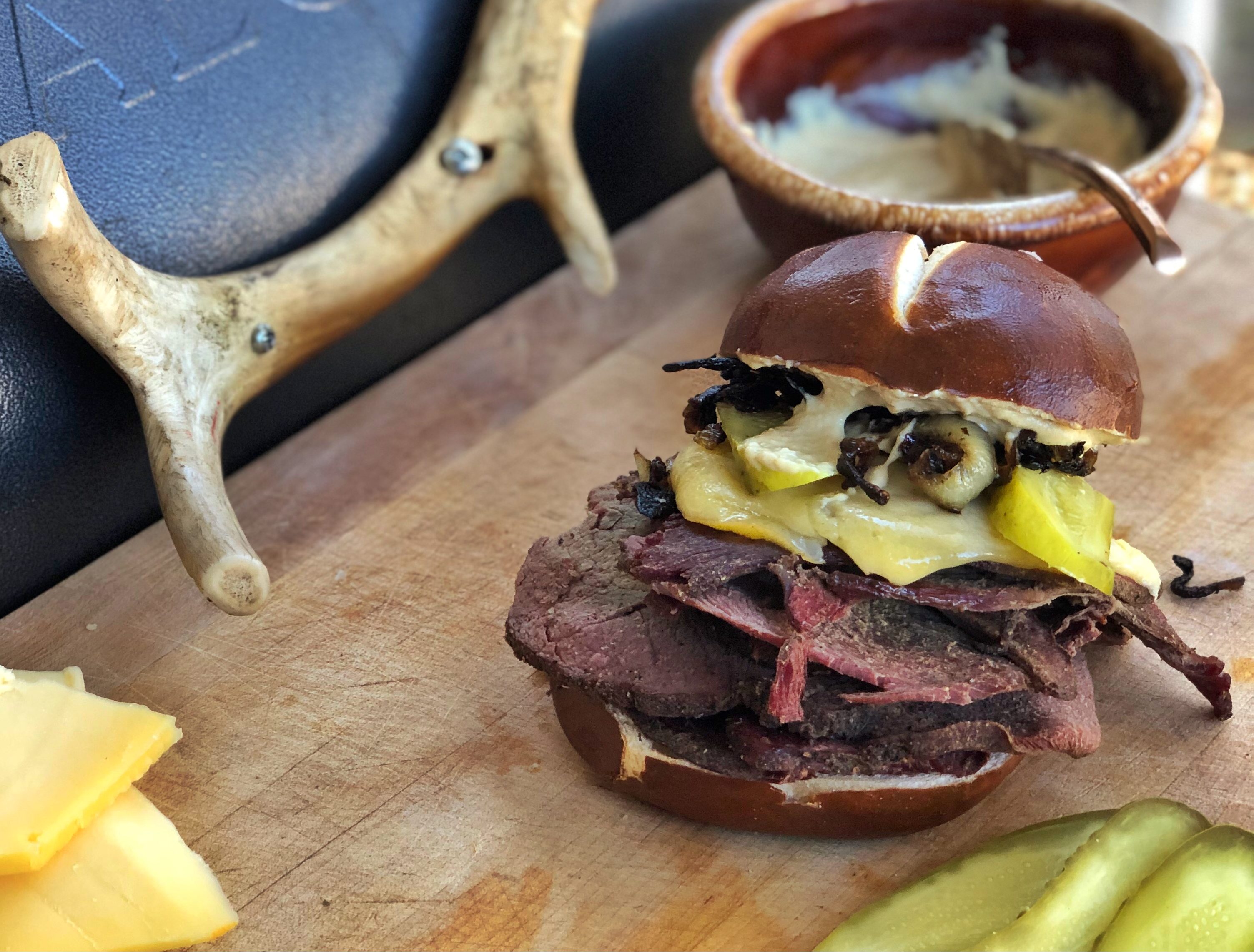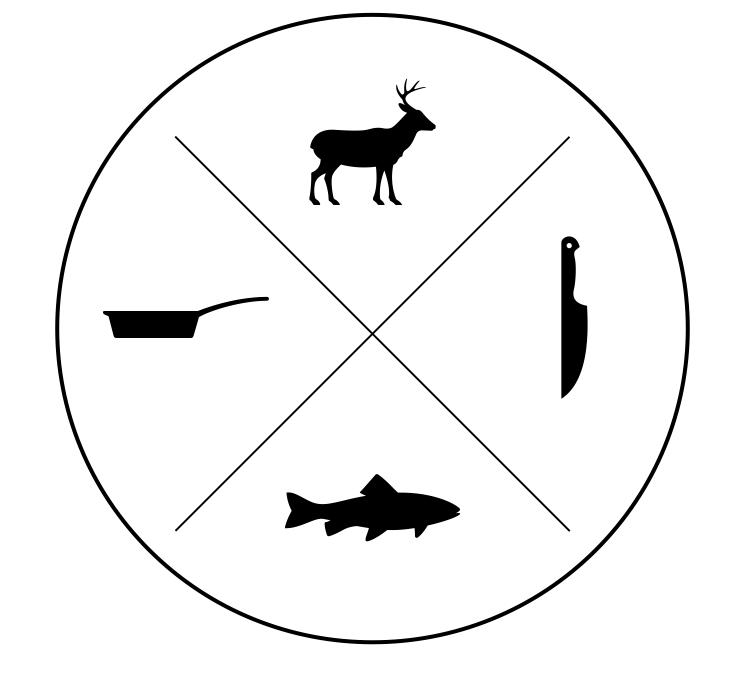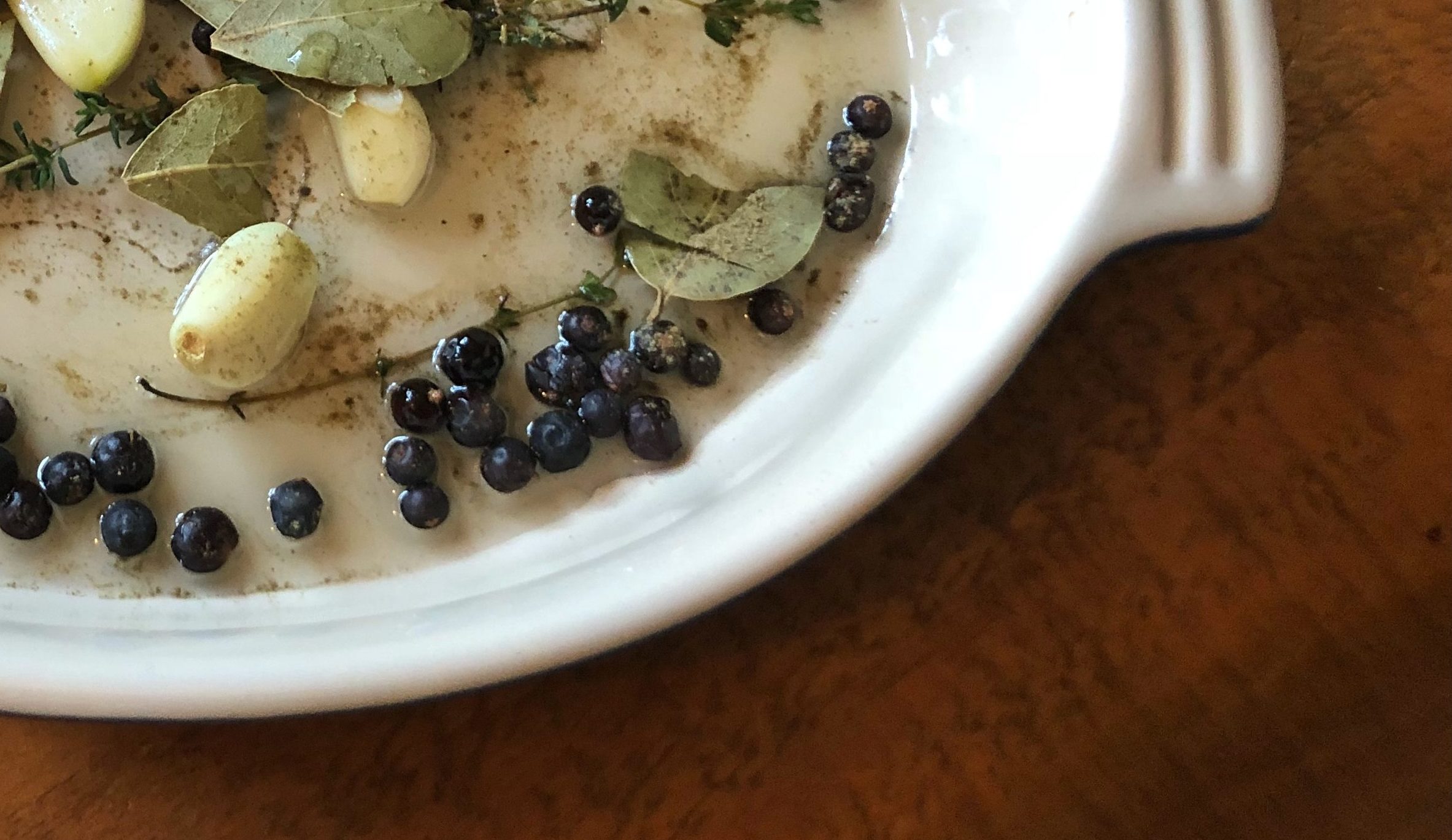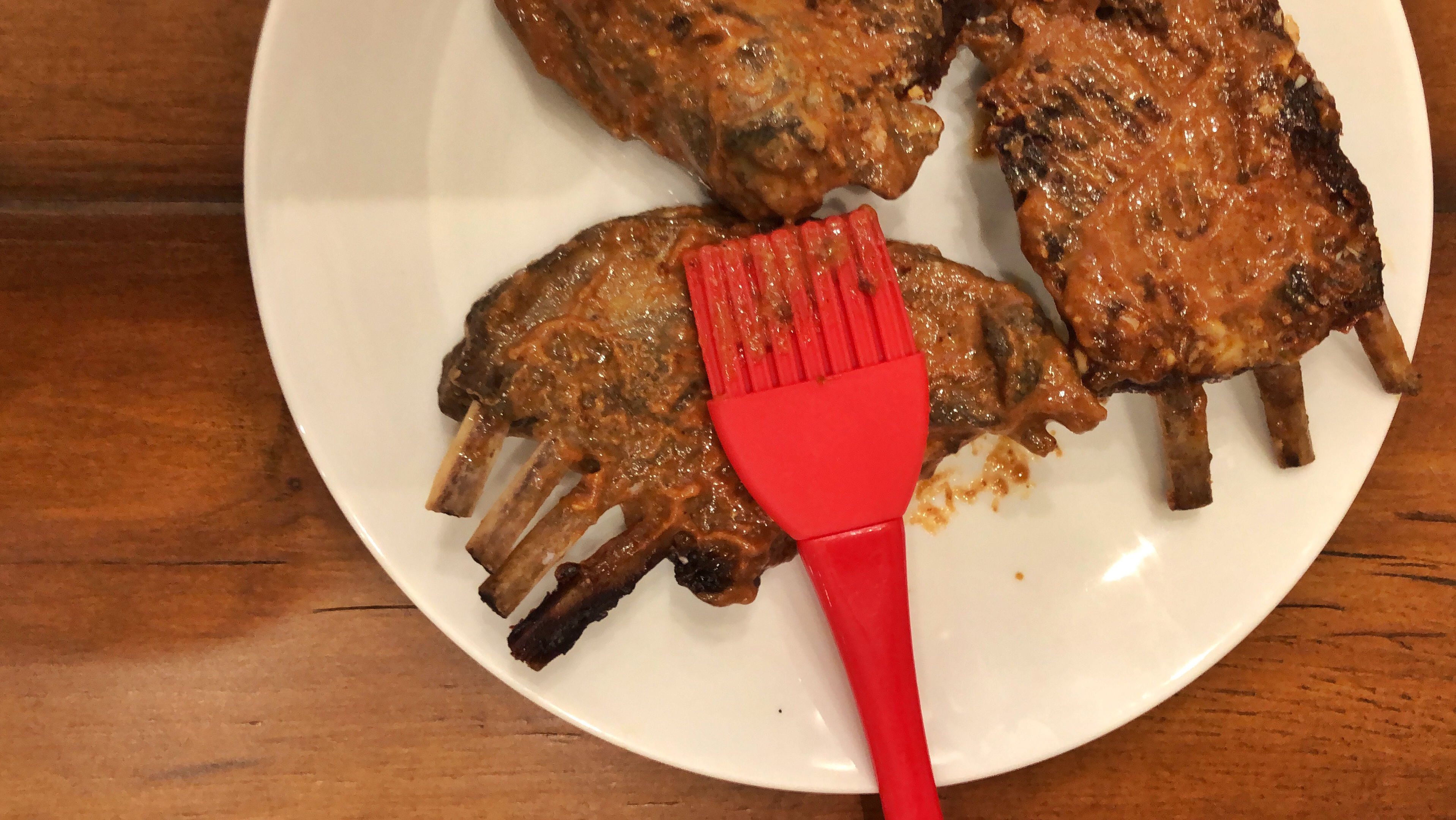
How to Make Venison Pupusas
During a recent trip to the central American country of Belize, I was introduced to a unique and delicious street food item called a pupusa. For the uninitiated, a pupusa is basically a thick corn tortilla stuffed with a savory filling—usually some type of meat, cheese and chili pepper combo. Think of it as a savory corn pancake filled with meaty, cheesy goodness, often topped with a cabbage slaw and some tomato salsa.

Though popular street food in much of Central America, pupusas are said to have originated in either Honduras or El Salvador, the actual country of origin being a matter of dispute. Regardless of who claims the dish, it struck me as the perfect vessel for ground venison, which is occupying quite a bit of my freezer space at the moment.
Give this dish a try next time you’re looking to get creative with any kind of wild game meat.
How to make venison pupusas.
Cook the ground venison.
This step is pretty straight forward, but it’s important develop a good brown crust on your meat when you’re cooking it for pupusas. This mimics the crispy fried chicharron or pork shoulder that authentic pupusas are traditionally made with. I also cooked my ground venison in pork lard to add a little fattiness. If you’ve already mixed fat into your meat when grinding it, this may not be necessary. I used roughly one pound ground venison.

Make your filling.
Now put your venison into a food processor along with three or four cloves of garlic, one half of a medium-sized white onion, one half a Roma tomato, five tablespoons of mozzarella cheese and a large jalapeño paper, if you like it spicy. Blend in the processor until you achieve a paste-like consistency. This is will be the filling for you pupusas.

Mix up the masa.
The bedrock ingredient of a pupusa is masa harina, or finely ground corn flour that has been nixtamilized. This is the same stuff used to make tamales and corn tortillas. It can be found in most grocery stores and closely resembles corn meal. All you need to do with the masa is add salt and water. For my recipe I used 1 1/2 half teaspoons kosher salt and 1 and 3/4 cups warm water to 2 cups masa.

Add all your dry ingredients and pour in the water slowly as you mix the masa and water with your hands like you’re working up bread dough. When your consistency is uniform throughout—roughly the consistency of play dough—your masa is ready for the filling.
Combine filling and masa.
Now for the tricky part. Pull enough masa out of the bowl to form a small ball. You’ll have to do this by feel, but you want a ball big enough so that, when filled and flattened, it will form a disc about 4 inches in diameter.

Hold the ball in the palm of your hand and use the opposite fist to slowly flatten it while also creating well into which you’ll add your filling. One you’re added your filling, enclose the sides of your masa paddy around it and carefully flatten until you’re left with an uncooked papusa like the one pictured above.
Don’t stress if during your first foray into pupusa making, some of your filling tends to find its way out through holes in the masa. I found this nearly unavoidable until I’d formed up 4 or 5 pupusas. It requires some finesse and a little bit of muscle memory. The video below has a great demonstration of this process at about the 6:26 mark.
Cook your pupusas.
This is the easy part. To cook your pupusas, just throw them on them on a med-high heat griddle or cast iron skillet lined with a high-heat oil of your choice and fry until golden brown.

They are often served with a fermented cabbage slaw called curtido, which I’ll feature in future recipes. I didn’t have the ingredients for curtido on hand when making my pupusas, so I served them up with a habanero crema, and a few lime wedges.






